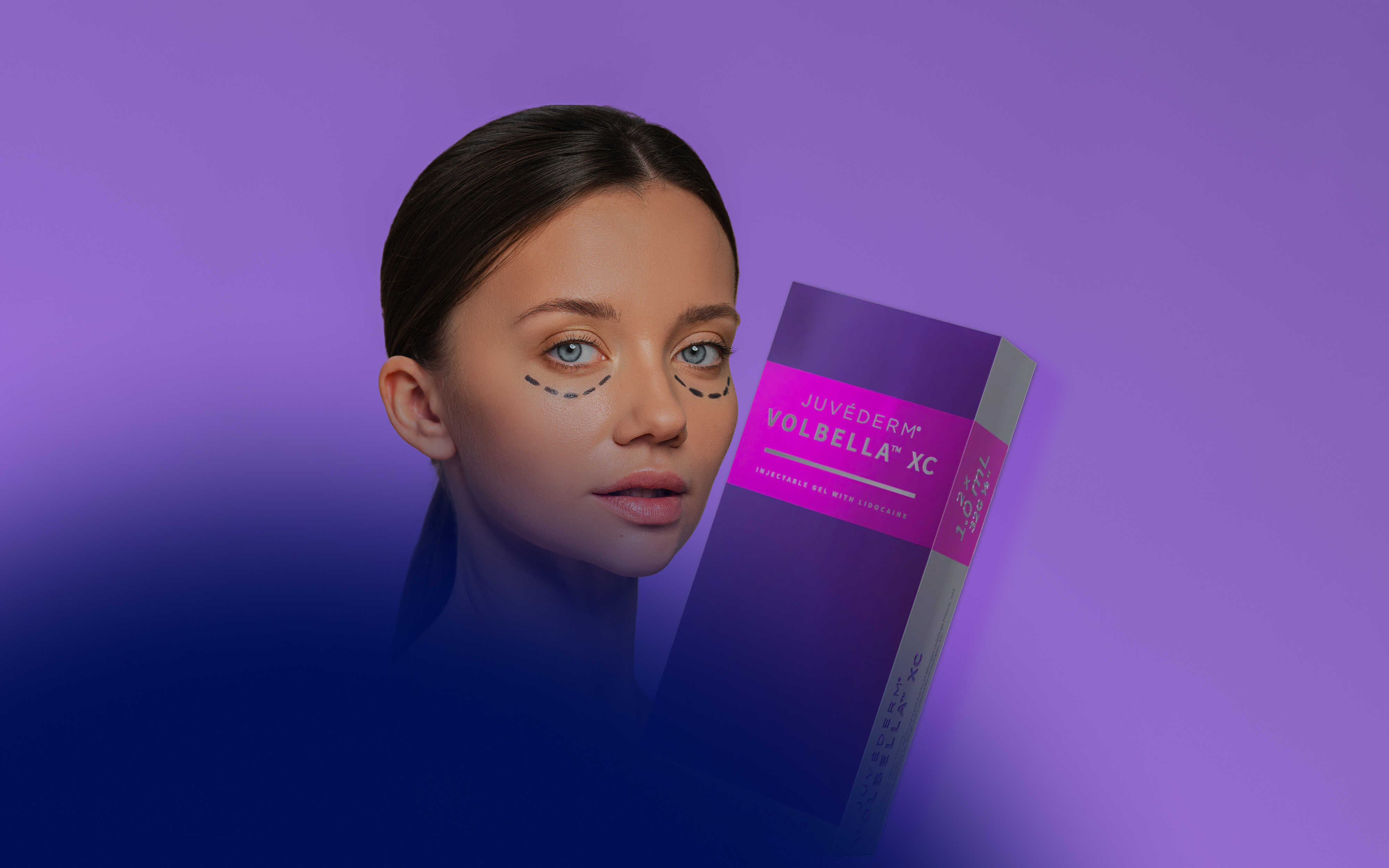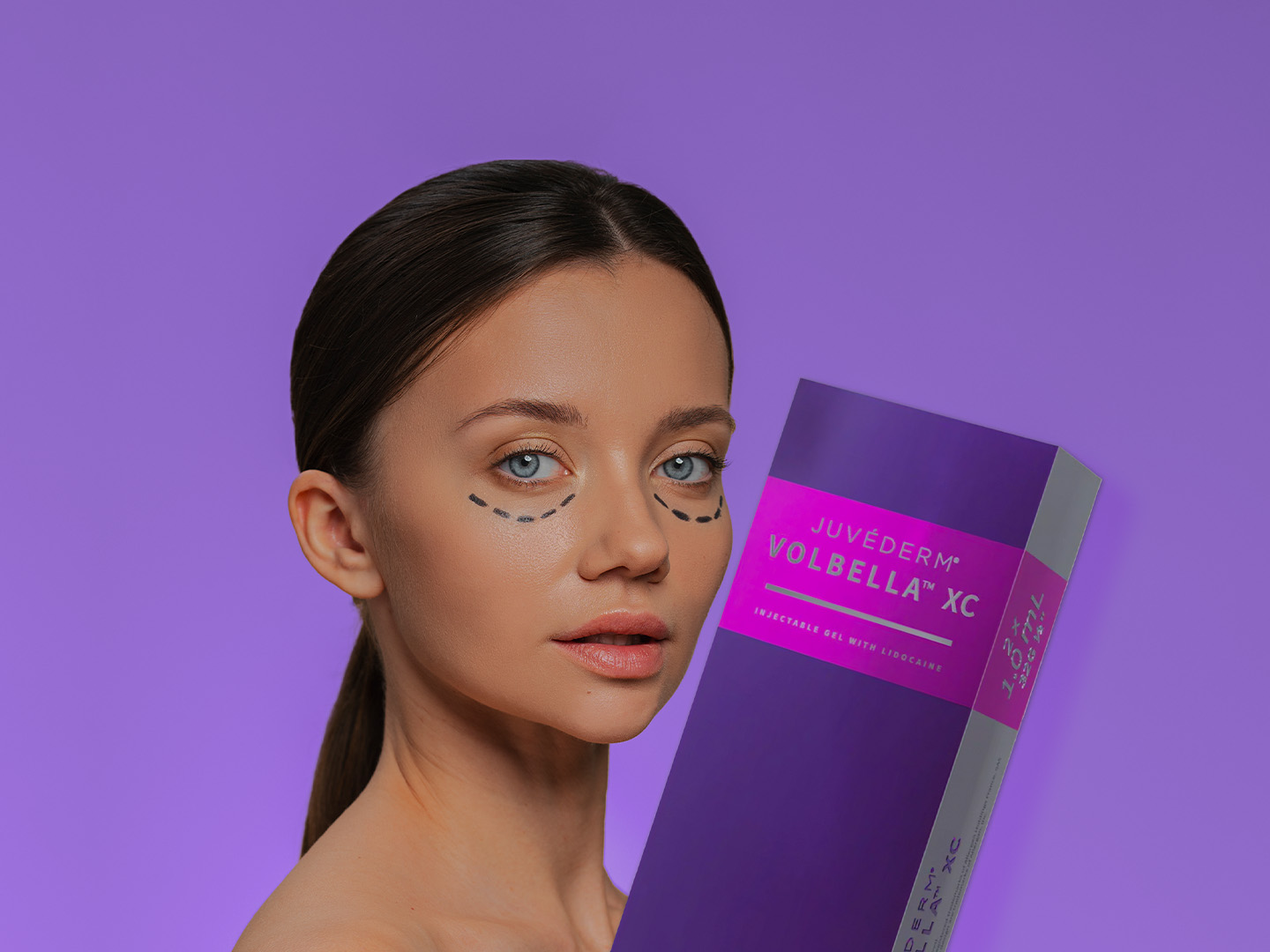
Treating the under-eye area can be one of the most rewarding yet technically challenging procedures in aesthetic medicine. As patients increasingly seek subtle, non-surgical options to look more rested and refreshed, Juvederm under eyes has become a go-to treatment for qualified practitioners. But mastering this technique takes more than choosing the right product; it requires a solid understanding of anatomy, assessment, product handling, and patient selection.
This article breaks down everything you need to know about using Juvederm in the tear trough area: from selecting candidates to avoiding complications and achieving smooth, natural-looking results that last.
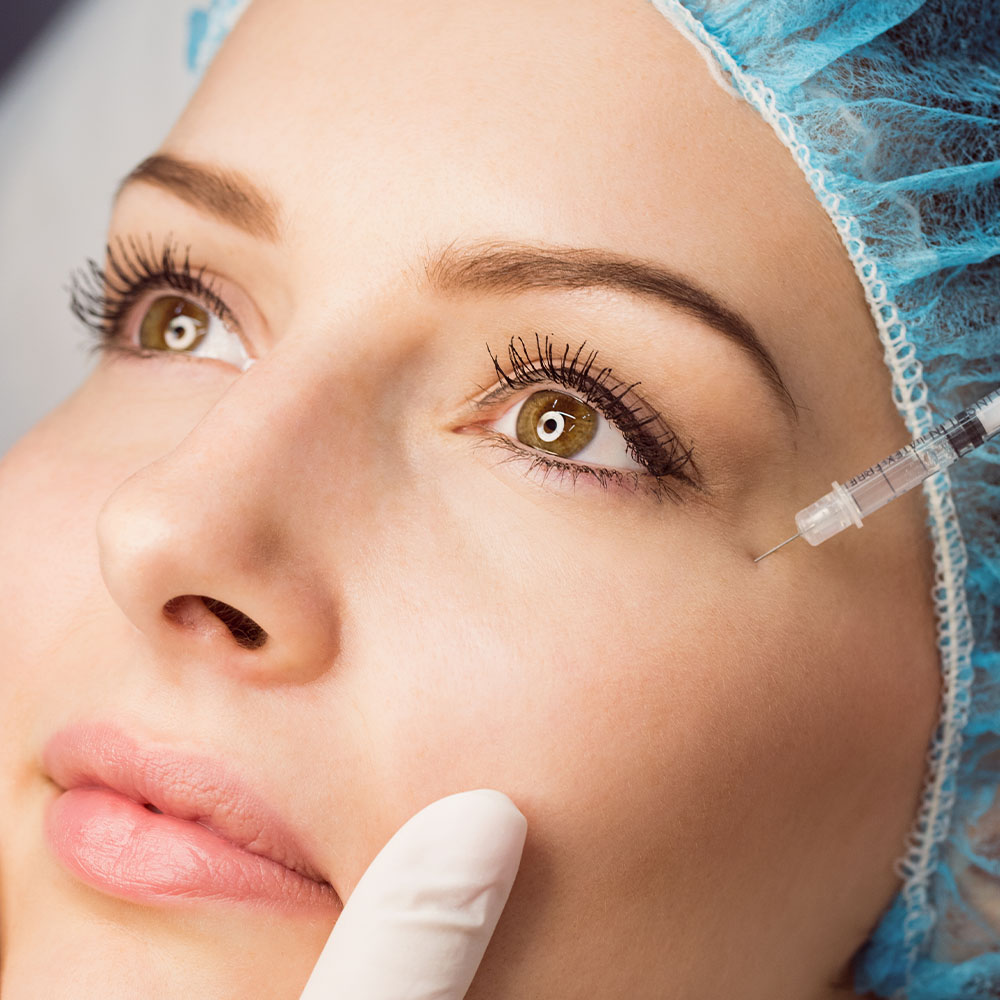
What Is Juvederm and Why Use It Under the Eyes?
Juvederm is a line of hyaluronic acid-based dermal fillers developed by Allergan. Known for its smooth texture and long-lasting effects, Juvederm is widely used to address facial volume loss, contouring, and wrinkle reduction. While it was originally developed for other parts of the face, its softer formulations, particularly Volbella and Ultra XC, are commonly used off-label in the under-eye area to treat tear trough volume loss.
Why Juvederm Works Well for Tear Troughs:
- Smooth Integration: Blends well into thin under-eye skin when placed correctly.
- Hydrating Effect: Hyaluronic acid attracts moisture, which can improve the skin’s appearance and reduce shadowing.
- Longer Longevity: Under-eye filler typically lasts longer than filler in high-movement areas due to reduced muscle activity.
By adding volume and softening the transition between the lower eyelid and cheek, Juvederm can reduce the appearance of dark hollows and give patients a more rested appearance without surgery.
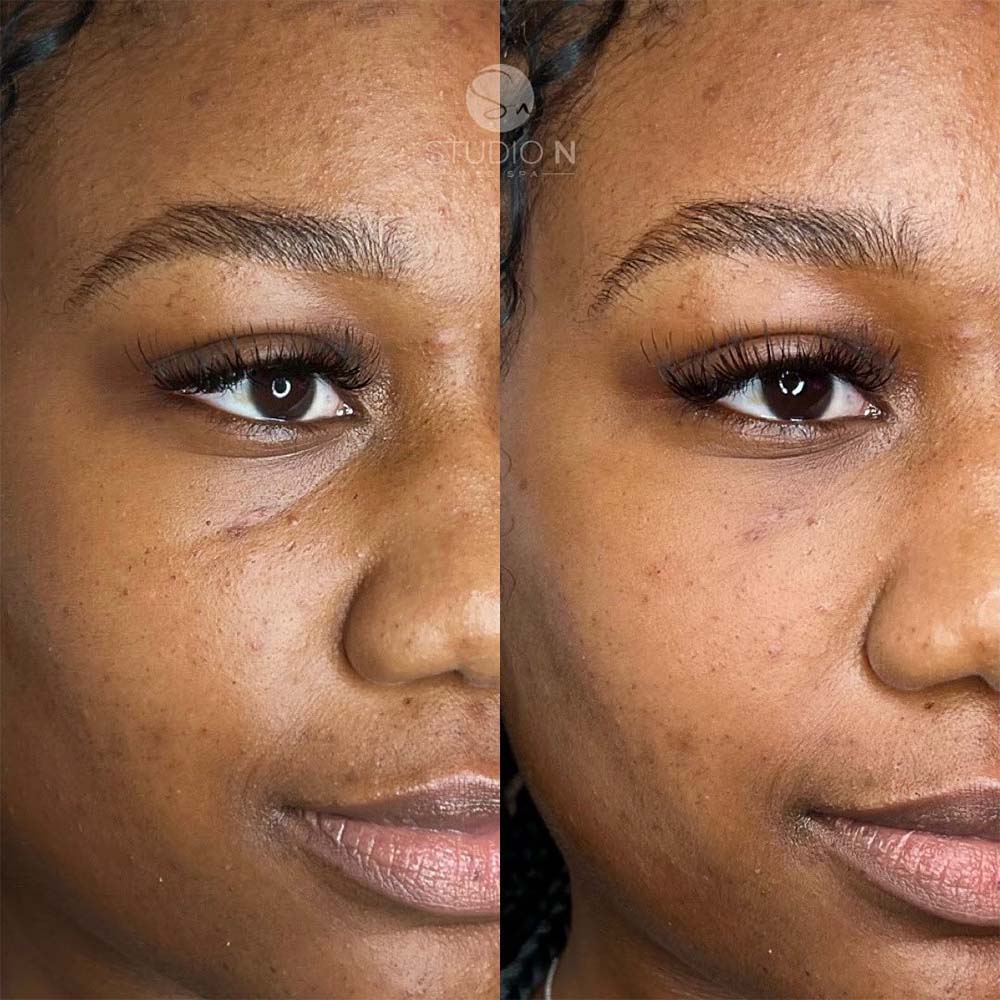
Patient Selection and Assessment
Not every patient is a good candidate for Juvederm under eyes, and careful screening is critical. Overcorrection or improper technique can easily lead to poor outcomes in this delicate area.
Ideal Candidates For Juvederm Under Eye Filler:
- Mild to moderate volume loss in the tear trough
- Good skin quality with minimal laxity
- No significant edema or fluid retention under the eyes
- Realistic expectations and willingness to follow up
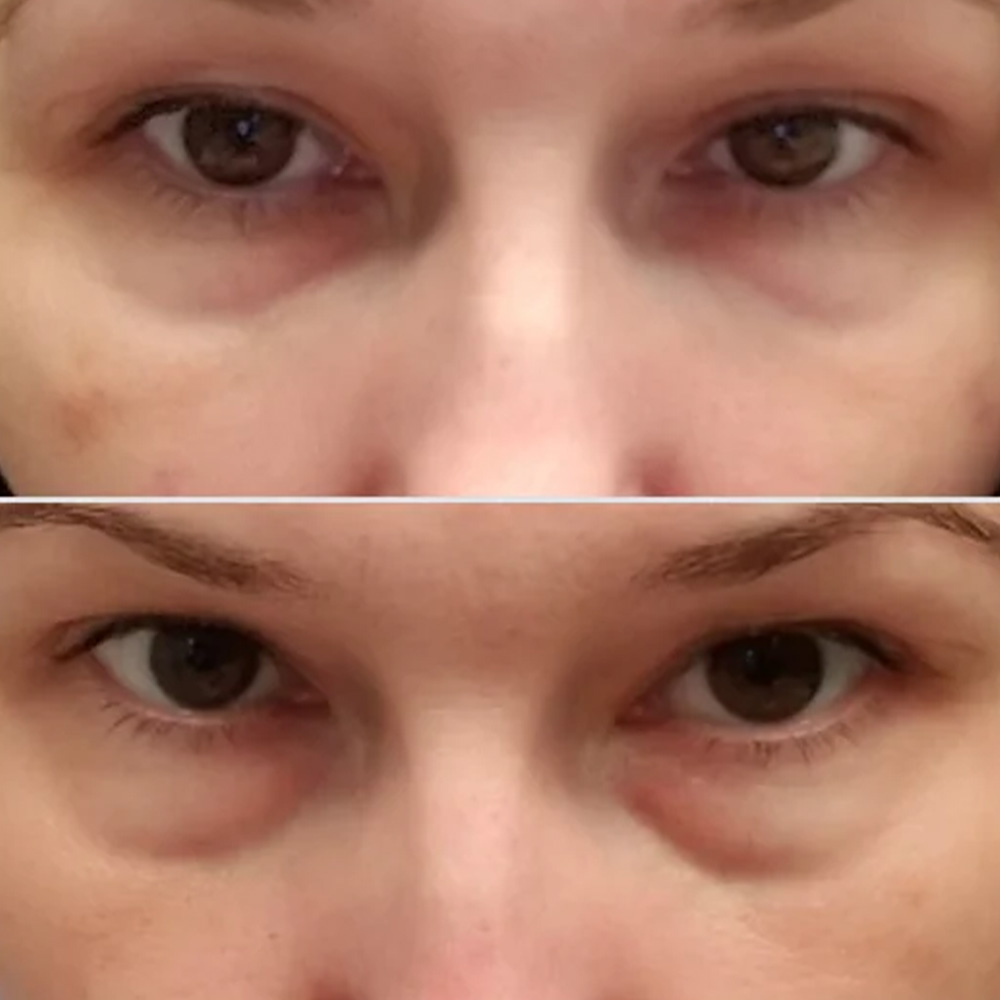
Who is a bad candidate for tear trough filler:
- Very thin or translucent skin that increases risk of visibility or the Tyndall effect
- Significant fat pad prolapse or malar bags
- Chronic puffiness, allergies, or untreated sinus issues
- Previous poor outcomes from tear trough filler or surgery
During assessment, examine patients upright and in natural lighting. Use gentle tension to assess skin thickness and volume needs. A detailed history is key, especially regarding allergies, medications, or past reactions to dermal fillers.
Injection Technique and Product Handling
Precision is essential when injecting in the tear trough. The area is unforgiving, mistakes tend to show quickly, and overcorrection is difficult to reverse without enzymatic dissolution.
Key Technical Considerations:
- Entry Point: Common access sites include lateral to the infraorbital foramen, often ~1.5 cm below the orbital rim.
- Depth: Supraperiosteal placement is preferred to reduce the risk of Tyndall effect. In select cases, deep dermis may be used.
- Cannula vs. Needle:
- Cannula (25G or 27G): Lower risk of bruising and vascular injury; better for feathering product across the trough.
- Needle: Offers more control but increases risk of trauma and vascular entry.
Typical Volume and Product Selection:
- Start with 0.2 to 0.5 mL per side, layered slowly and conservatively
- Juvederm Volbella is commonly used for its soft texture and low swelling profile
- Juvederm Ultra XC may be used cautiously, but carries a higher risk of puffiness
- After injection, gentle molding helps distribute the product evenly. Avoid aggressive massage to prevent tissue trauma.
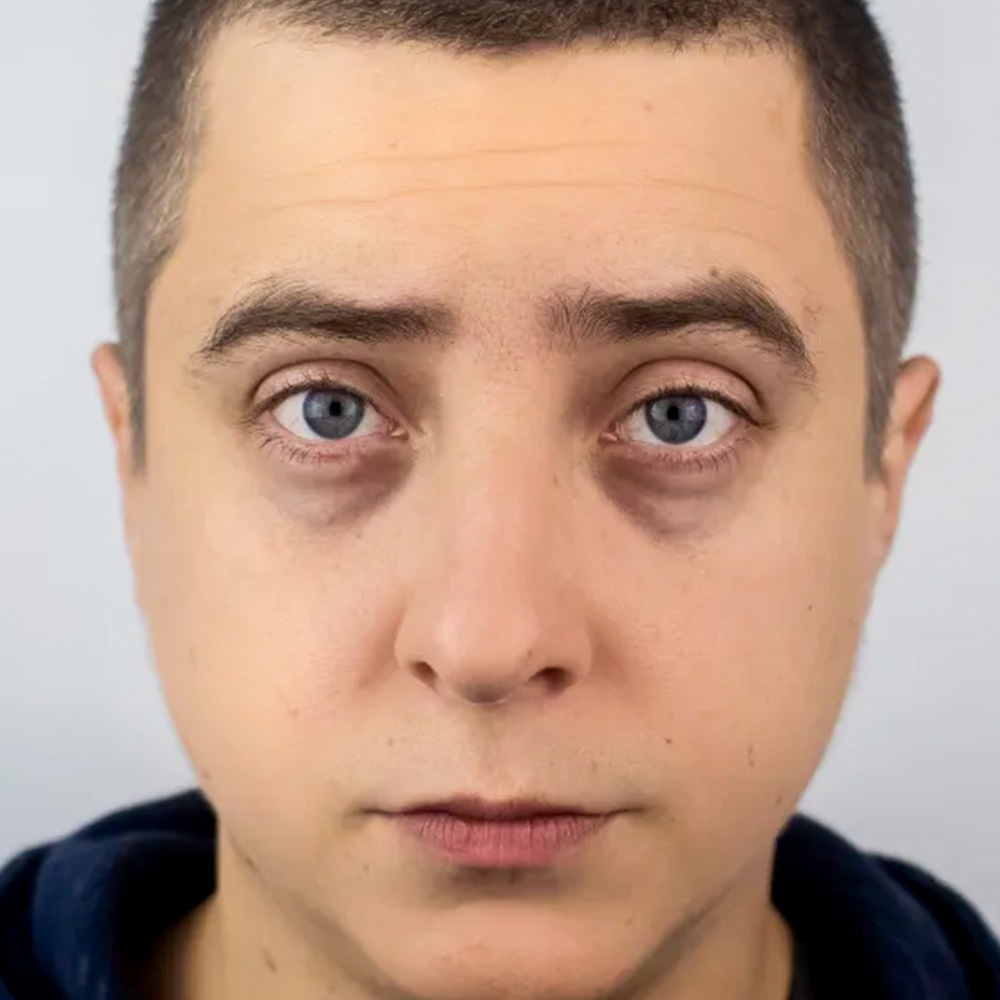
Managing Risks and Complications
The tear trough is a high-risk area due to its vascular anatomy and thin skin. Common complications include:
- Edema: Temporary swelling is expected, but prolonged puffiness may indicate superficial placement or poor lymphatic drainage.
- Tyndall Effect: A bluish tint caused by superficial filler placement. More common with hydrophilic fillers.
- Lumpiness or Irregularity: Often due to overcorrection or poor integration
- Bruising: Minimized with cannula use, proper technique, and pre-treatment avoidance of blood thinners
What Is the Downtime For Under Eye Fillers?
Most patients experience mild swelling or bruising for 3–7 days. Results continue to settle over 2–3 weeks.
Management Tips:
- Use hyaluronidase if Tyndall effect, irregular lumps, or persistent swelling occur
- Avoid injecting in cases of ongoing irritation or active inflammation
- When in doubt, less is more, under-eye filler is best done gradually
Expected Results and Follow-Up
The goal with under-eye filler is subtle improvement, not dramatic change. When done well, patients report looking less tired, more refreshed, and slightly brighter, but not “done.”
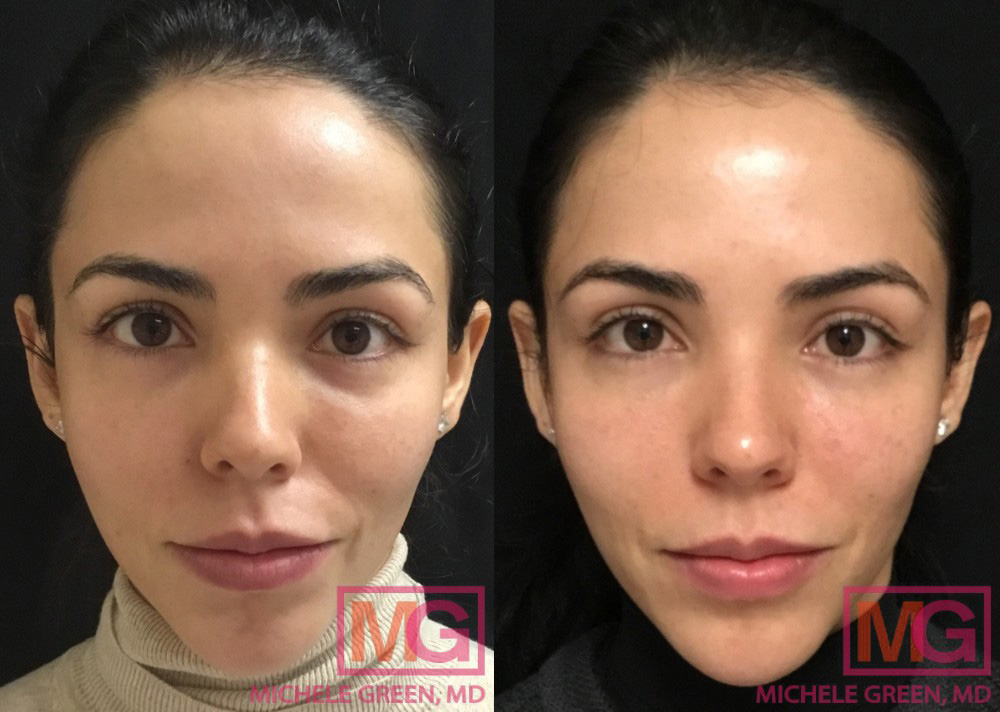
How Long Does Juvederm Last Under Eyes?
- Results typically last 9 to 12 months
- In some cases, the product may persist up to 18 months due to low mobility in the area
- Encourage follow-up visits at 2 to 4 weeks to assess integration and touch up if needed
Document before-and-after photos from consistent angles to track outcomes and help manage patient expectations.
What Are the Cons of Under Eye Fillers?
While under-eye fillers can deliver subtle, refreshed results, they also carry unique risks. The skin in this area is thin, so even small errors in product choice or placement can lead to puffiness, lumps, or the Tyndall effect (a bluish tint from superficial filler). Some patients may also experience prolonged swelling or fluid retention, especially if they’re prone to under-eye bags or allergies. Poor technique or overfilling can make the area look worse, not better, which is why this treatment requires careful patient selection and injector experience.
Why Mastering Tear Trough Filler Matters
Learning how to treat the under-eye area confidently opens the door to a highly in-demand service that few injectors do well. Many patients specifically seek non-surgical solutions to tired eyes, and tear trough filler, when done correctly, builds serious trust and long-term loyalty.
It’s also a standout skill for injectors looking to expand their aesthetic portfolio. Tear trough correction requires anatomical precision, artistic judgment, and finesse, qualities that differentiate a good injector from a great one.
To build this expertise, stay current with Juvederm courses online and explore case-based learning through an advanced aesthetic medicine learning platform that includes facial anatomy, complication management, and injection planning.
Frequently Asked Questions
Can Juvederm be used for under eyes?
Yes, Juvederm Volbella is commonly used off-label for tear trough correction due to its soft texture and low swelling risk. Ultra XC is also used by experienced injectors with caution.
What is the best filler for under eye?
Juvederm Volbella and Restylane Eyelight are both excellent options, depending on the patient’s anatomy. Volbella integrates smoothly and has low water retention.
Which under eye filler lasts the longest?
Juvederm products typically last 9–12 months under the eyes, and in some cases, even longer. Longevity depends on placement depth, product choice, and individual metabolism.
What to do instead of under eye fillers?
Alternatives include PRP, exosomes, microneedling with growth factors, or laser resurfacing. For some patients, lower eyelid surgery (blepharoplasty) may be a better option.
Is Botox or fillers better for under eyes?
Botox treats muscle-related wrinkles like crow’s feet, while fillers address volume loss in the tear trough. In some cases, a combination approach offers the best result.
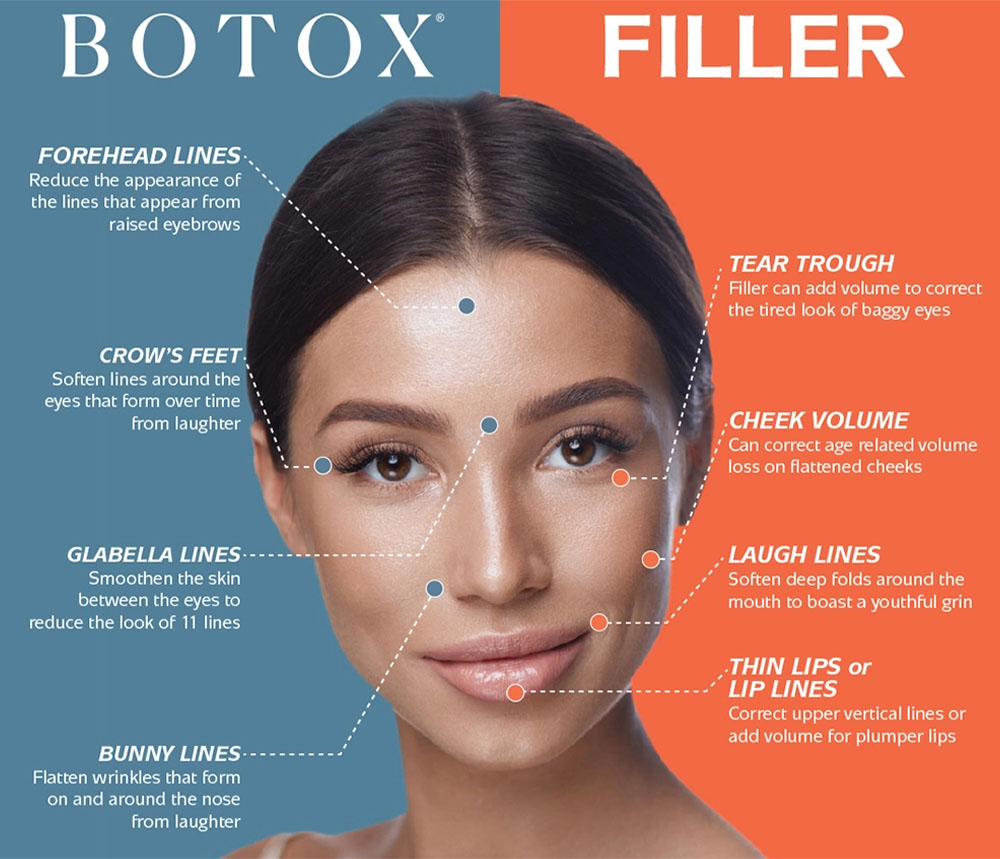
Conclusion
Juvederm under eyes is one of the most requested non-surgical treatments, and one of the most technically demanding. When performed correctly, it can subtly reduce shadows, brighten the tear trough, and refresh a patient’s entire appearance. But this area is not forgiving. Success depends on choosing the right candidate, the right product, and using a cautious, anatomy-guided technique.
With ongoing education, clear patient communication, and a conservative approach, tear trough filler can become one of the most satisfying procedures in your practice. Whether you're already offering this treatment or looking to add it to your skill set, investing in the right training, such as Juvederm courses online, will support safe, confident practice and long-term results.
Sources
- Goel A, Sethi P. Concealing of under eye orbital fat pads with hyaluronic acid filler: A case report. J Cosmet Dermatol. 2020;19(4):820-823. doi:10.1111/jocd.13097 https://pubmed.ncbi.nlm.nih.gov/31410995/
- Monheit GD, Prather CL. Juvéderm: a hyaluronic acid dermal filler. J Drugs Dermatol. 2007;6(11):1091-1095. https://pubmed.ncbi.nlm.nih.gov/18038495/
- Raspaldo H, Chantrey J, Belhaouari L, Saleh R, Murphy DK. Juvéderm volbella with lidocaine for lip and perioral enhancement: a prospective, randomized, controlled trial. Plast Reconstr Surg Glob Open. 2015;3(3):e321. Published 2015 Apr 7. doi:10.1097/GOX.0000000000000266 https://pubmed.ncbi.nlm.nih.gov/25878932/
- Trinh LN, Grond SE, Gupta A. Dermal Fillers for Tear Trough Rejuvenation: A Systematic Review. Facial Plast Surg. 2022;38(3):228-239. doi:10.1055/s-0041-1731348 https://pubmed.ncbi.nlm.nih.gov/34192769/
Disclaimer:
This article is intended for licensed medical professionals. All protocols, dosages, and treatment insights referenced herein are based on published literature. The content is not intended to encourage application, diagnosis, or self-treatment of unlicensed individuals, and should not be used as a substitute for the clinical judgment of a qualified healthcare provider.
